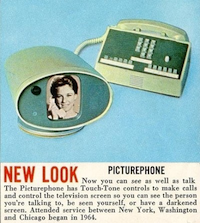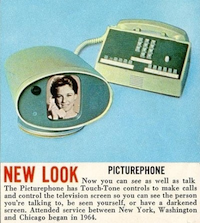If you haven’t already, please read Seymour Hersh’s insightful and non-alarmist New Yorker article on cyber security in the context of the recent Stuxnet virus and China’s growing hack capabilities.
The Hersh piece contains a very simple solution to safeguard our nation’s IT against government or mere freelance hackers: mandatory encryption of all commercial and civil Internet communications.
While this broad approach is attractive in principle, cost and inconvenience make this less than desirable. And there’s also opposition from the same government intelligence agencies responsible for protecting us against cyber attacks in the first place: they wouldn’t be able to eavesdrop as easily.
Though perhaps not the most credible candidate, Microsoft has offered its own proposal, an idea that has proved useful in managing infectious diseases: PC health certificates.Continue reading




 I practically did a spit take while drinking my coffee this morning and reading The New York Times story about a municipal broadband project in Tennessee. I learned that Chattanooga’s community owned power provider, EPB, has plans to offer up to 1 Gigabit per second to its fiber-to-the-home subscribers by the end of the year. True, that can cost you almost $350 per year (lower if you bundle in voice and video).
I practically did a spit take while drinking my coffee this morning and reading The New York Times story about a municipal broadband project in Tennessee. I learned that Chattanooga’s community owned power provider, EPB, has plans to offer up to 1 Gigabit per second to its fiber-to-the-home subscribers by the end of the year. True, that can cost you almost $350 per year (lower if you bundle in voice and video).

